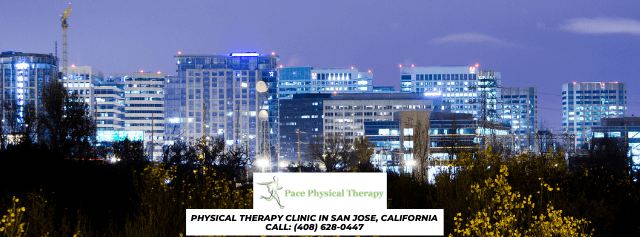César Chávez Family Home
53 Scharff Ave, San Jose, CA 95116, United States

Located in what was originally known as the East San José neighborhood of “Sal Si Puedes” (get out if you can), César and Helen Chávez raised their families in this home from 1951 to 1953, while Chavez worked in the nearby apricot orchards. Cesar Chavez was an American labor leader and civil rights activist who, along with Dolores Huerta, co-founded the National Farm Workers Association (later United Farm Workers Union, UFW) in 1962. Originally a Mexican farm worker, Chavez became the best-known Latin American civil rights activist, and was strongly promoted by the American labor movement, eager to enroll Hispanic members. The home is now the historic landmark of San Jose.
César Chávez
Cesar Estrada Chavez’s story begins near Yuma, Arizona. Cesar was born on 31 March 1927. It was named after his grandfather, Cesario. Unfortunately, the story of Cesar Estrada Chavez also ends near Yuma, Arizona. He died in San Luis, a small village near Yuma, Arizona, on April 23, 1993.
Early in his life, he learned about justice, or rather injustice. Cesar grew up in Arizona; the small adobe home where Cesar was born was swindled by dishonest Anglos. Cesar ‘s father agreed to clear eighty acres of land and, in exchange, he would receive a deed of forty acres of land adjacent to his home. The agreement was broken and the land was sold to a man named Justus Jackson. Cesar’s dad went to a lawyer who told him to borrow money and buy the land. Later, when Cesar ‘s father was unable to pay interest on the loan, the lawyer bought back the land and sold it to the original owner. Cesar learned a lesson about injustice that he would never forget. Later, he would say, The love for justice that is in us is not only the best part of our being but it is also the most true to our nature.
He and his family moved to California in 1938. He lived in La Colonia Barrio in Oxnard for a short time, returning to Arizona a few months later. They returned to California in June 1939 and settled in San Jose this time. They lived in a neighborhood called Sal Si Puedes-“Get Out If You Can. “Cesar thought the only way to get out of the poverty circle was to get his way up and send the kids to college. He and his family worked from Brawley to Oxnard, Atascadero, Gonzales, King City, Salinas, McFarland, Delano, Wasco, Selma, Kingsburg, and Mendota in the fields of California.
He didn’t like school as a child, probably because he only spoke Spanish at home. The teachers were mostly Anglo, speaking only English. In school, Spanish was forbidden. He remembers being punished with the ruler at his knuckles for violating the rule. He also remembers that some schools had been segregated, and he felt that he was like a monkey in a cage in the integrated schools.
He remembers having to listen to a lot of racist comments. He remembers seeing signs that read only whites. He and Richard, his brother, attended thirty-seven schools. He felt that education had nothing to do with his farm worker’s way of life. He graduated in the 8th grade in 1942. Because his father, Librado, was in an accident, and because he didn’t want his mother, Juana, to work in the fields, he couldn’t go to high school and instead became a migrant farm worker.
While his childhood school education was not the best, his passion was education later in life. The walls of his office in La Paz (United Farm Workers Headquarters) are lined with hundreds of books, ranging from philosophy, economics, cooperatives and unions to biographies on Gandhi and the Kennedys. He believed that, “The end of all education should surely be the service of others,” a belief that he practiced until his untimely death.
This amazing historical landmark is just one of the many must-see landmarks you don’t want to miss in San Jose, California:
- Peralta Adobe-Fallon House Historic Site
- Luis Maria Peralta Adobe
- History Park
- James Lick Mansion
- Winchester Mystery House
- St. James Park – San Jose History Walk Marker #23
- Southern Pacific Railroad Steam Locomotive #1215
- Olympic Black Power Statue
All of these wonderful landmarks are located just a short distance from our location located at 3880 South Bascom Avenue in San Jose, California! Stop by for a visit anytime!


